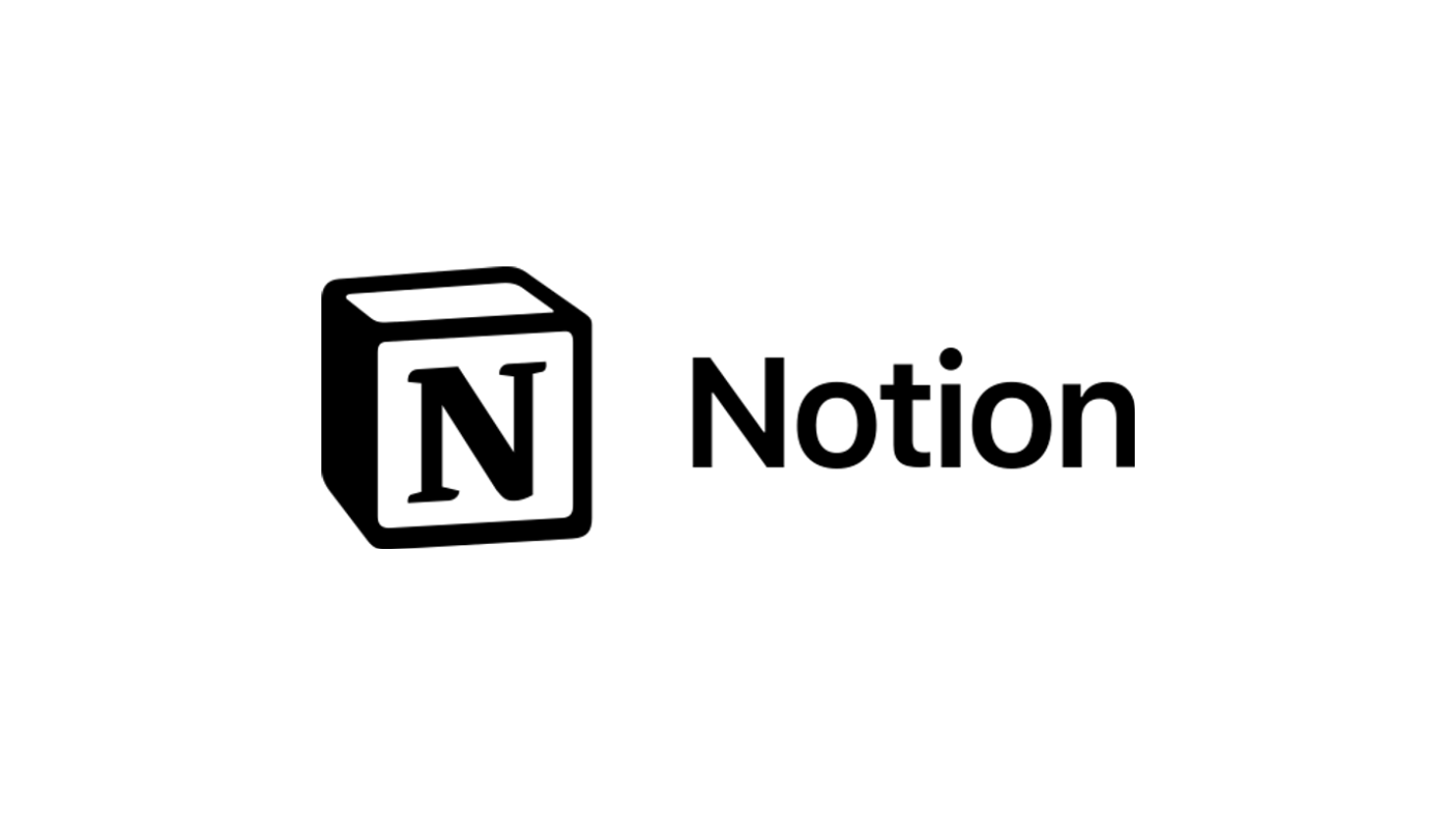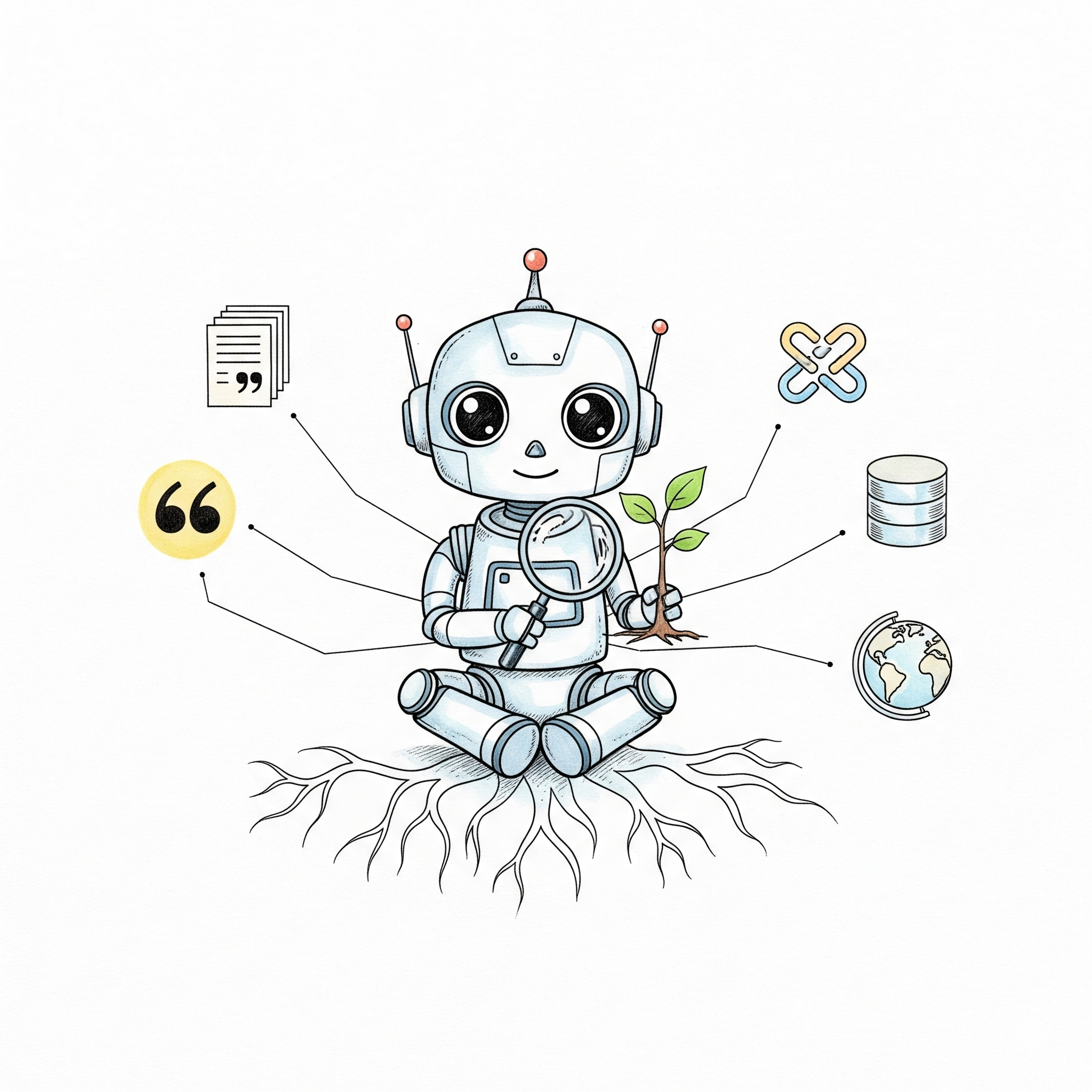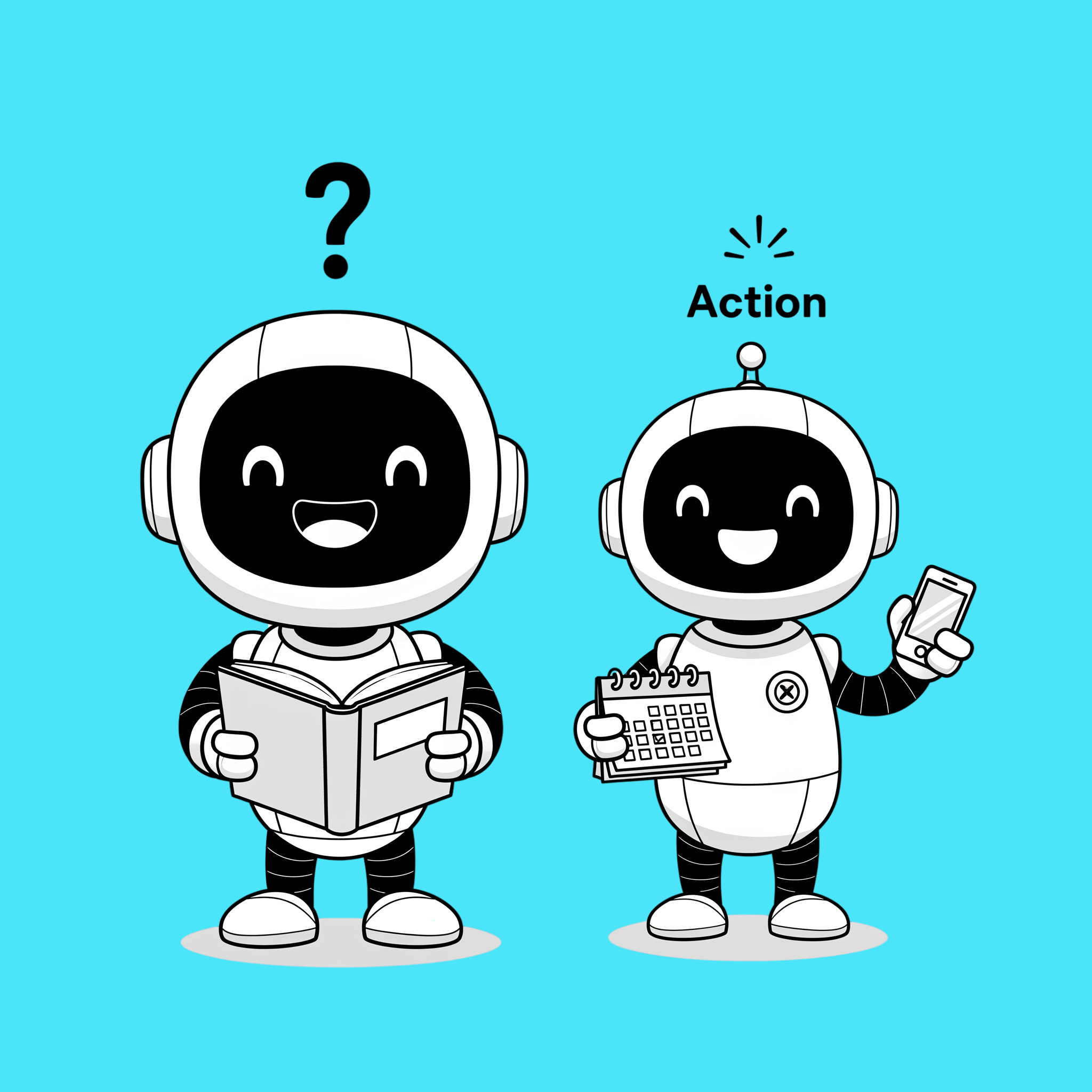Two weeks ago, OpenAI launched AgentKit at DevDay 2025, and headlines proclaimed “the end of workflow automation as we know it.” CEO Sam Altman called it “a complete set of building blocks to take agents from prototype to production with way less friction.” But is AgentKit genuinely revolutionary, or just riding OpenAI’s brand wave? After thoroughly researching the platform, here’s what Australian SMEs actually need to know.
What AgentKit Is and What It Promises
Released October 5, 2025, AgentKit consolidates agent development into four components: Agent Builder (visual workflow canvas), Connector Registry (centralised integrations for Google Drive, SharePoint, Teams), ChatKit (pre-built chat UI components), and Evals Tools (testing and optimisation). OpenAI spotlighted wins like Ramp cutting iteration time by 70% and LY Corporation building workflows in under two hours.
The Reality: Limitations and Pricing Challenges
Once independent developers started testing, significant limitations emerged:
- Chat-Only Triggers: No scheduled runs or webhooks. Everything requires chat triggers. For automated daily reports or event-triggered workflows, this is a fundamental gap.
- Limited Integrations: Only eight native apps without MCP extensions, versus Zapier’s thousands or n8n’s hundreds.
- Unstable Execution: Multiple testers reported frequent errors during real-world testing.
- No Built-In Memory: Agents forget previous runs unless you build state persistence separately.
- Unpredictable Pricing: There’s no flat plan. Costs are entirely usage-based in USD: GPT-5 Reasoning ($1.25 per 1M input tokens, $10 per 1M output tokens), Code Interpreter ($0.03 per session), File Storage ($0.10/GB per day), Web Search ($10 per 1,000 calls), and ChatKit Storage ($0.10/GB-day from November 1, 2025). For Australian businesses, currency conversion and unpredictable token usage make budgeting challenging, unlike Zapier or n8n with clear monthly caps.
Despite limitations, AgentKit excels at rapid prototyping for testing agentic concepts, provides sophisticated integrated evaluation capabilities most platforms lack, and ChatKit genuinely saves weeks of frontend development. Access to GPT-5’s cutting-edge reasoning capabilities remains its strongest advantage.
Practical Guidance for Australian Businesses
AgentKit represents progress, but not the paradigm shift headlines suggest. It’s useful for prototyping and GPT-5-based reasoning, best for chat-centric workflows, but not a replacement for mature automation tools. It’s still in beta, not suitable for non-technical users, and lacks the predictability needed for scheduled automation.
- Consider AgentKit when: You’re invested in OpenAI’s ecosystem, need GPT-5 reasoning specifically, require rapid prototyping, operate chat-based workflows, and have technical resources.
- Stick with existing tools when: You need scheduled automation, cost predictability matters, you require extensive integrations, your team lacks technical expertise, or you need proven stability for business-critical processes.
Our Perspective
As consultants working daily with Copilot Studio, Voiceflow, n8n, and Botpress, we’re watching AgentKit with measured interest. It shows promise but lacks crucial features for business deployment. Vendor lock-in and unpredictable pricing concern us for Australian businesses forecasting costs. AgentKit is worth monitoring, not adopting widely yet. Often, the functionality it provides can be achieved more reliably and cost-effectively through existing, mature platforms offering greater flexibility.
The real question isn’t “Should we use AgentKit?” It’s “What business problems are we solving, and which tools are genuinely production-ready to solve them?”
Want automation strategies that deliver measurable results without hype? Contact Intelligence Assist for consultation on implementing reliable, cost-effective solutions tailored to Australian businesses.
Visit intelligenceassist.com.au to book a chat with our team.








